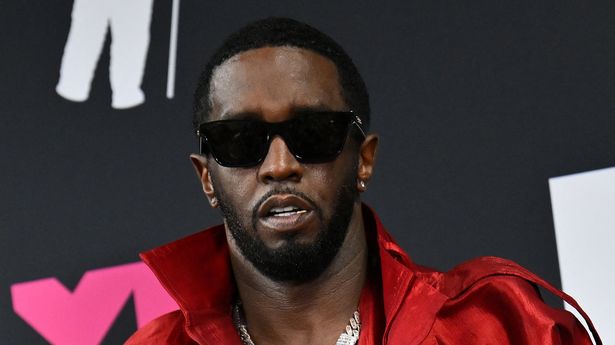The jury in the high-profile trial of Sean “P. Diddy” Combs has reached a verdict on four out of five counts, but remains deadlocked on the most serious charge. On Tuesday, July 1, at 4:05 p.m., a note was passed to Judge Arun Subramanian indicating that the jury could not agree on Count 1, the racketeering conspiracy charge, also known as RICO (Racketeer Influenced and Corrupt Organizations).
Count 1 carries the heaviest potential penalty, with a maximum sentence of life in prison. This may be contributing to the jury’s inability to reach a consensus. Meanwhile, verdicts have been reached on the other charges: Count 2, sex trafficking by force, fraud, or coercion; Count 3, transportation for purposes of prostitution; Count 4, another count of sex trafficking by force, fraud, or coercion; and Count 5, another transportation for purposes of prostitution.
Jury Deliberations and Legal Strategies
The courtroom atmosphere was tense as Diddy sat with his legal team, all wearing serious expressions. Both the defense and prosecution have requested that Judge Subramanian encourage the jury to continue deliberating. Marc Agnifilo, Diddy’s lead defense attorney, proposed that the jury be brought out for direct instructions rather than receiving a note.
The prosecution has suggested a modified Allen charge, a set of instructions urging jurors to reconsider their positions to reach a verdict. However, the defense believes it is premature for such measures and prefers a more gentle approach. Judge Subramanian plans to instruct the jury to keep deliberating and will reiterate some of his original guidance.
Background and Trial Developments
Diddy faces five charges across three federal indictments, including sex trafficking, conspiracy racketeering, and transportation to engage in prostitution. He has pleaded not guilty to all charges and denies any wrongdoing, including allegations in civil lawsuits.
The trial commenced on May 5 with jury selection, a process aimed at eliminating potential biases. The final jury consists of 12 jurors and six alternates. During the trial, one juror was dismissed over concerns about his honesty, leading to an alternate taking his place. The jury was instructed and the alternates were sent home, but asked to remain available for emergencies.
Challenges in Jury Deliberations
Approximately two hours into deliberations, the jury expressed concerns about Juror No. 25’s ability to adhere to the judge’s instructions. In response, Judge Subramanian encouraged the jury to continue deliberating while emphasizing the importance of following legal guidelines.
“We have reached a verdict on counts 2, 3, 4, and 5. We are unable to reach a verdict on count 1 as we have jurors with unpersuadable opinions on both sides,” read the jury’s note to the judge.
Implications and Next Steps
The jury’s deadlock on the racketeering conspiracy charge highlights the complexities involved in reaching a unanimous decision on serious allegations. The outcome of this case could have significant implications for Diddy’s career and legal standing. As the jury continues to deliberate, the legal teams remain poised to react to any developments.
Observers are closely watching the proceedings, aware that the verdict could set a precedent for similar cases in the future. The trial’s conclusion will not only impact Diddy but also influence public discourse on the legal challenges faced by high-profile individuals.
The next steps will depend on whether the jury can overcome their deadlock or if further legal instructions will be required. As the trial progresses, all eyes remain on the courtroom, anticipating the final resolution of this high-stakes legal battle.
About The Author
 UK YouTubers Call for Government Recognition and Support for Digital Creators
UK YouTubers Call for Government Recognition and Support for Digital Creators Trump’s Tax Bill Impact, VA Morale Crisis, and Polar Explorations
Trump’s Tax Bill Impact, VA Morale Crisis, and Polar Explorations Milo Manheim Hopes to Break ‘Zombies’ Curse on ‘Dancing With the Stars’
Milo Manheim Hopes to Break ‘Zombies’ Curse on ‘Dancing With the Stars’ FX’s ‘The Bear’ Renewed for Season 5 Amid Global Acclaim
FX’s ‘The Bear’ Renewed for Season 5 Amid Global Acclaim Vicki Gunvalson Faces Jury Trial Amid Financial Elder Abuse Allegations
Vicki Gunvalson Faces Jury Trial Amid Financial Elder Abuse Allegations